
We have been graced with the most exceptionally beautiful mornings thanks to the few rains here and there. From big animal silhouettes to dew-studded strands of spider silk, like jewels scattered all across the savannah, sunrise in the bush is a sight to behold and worth getting up early for.
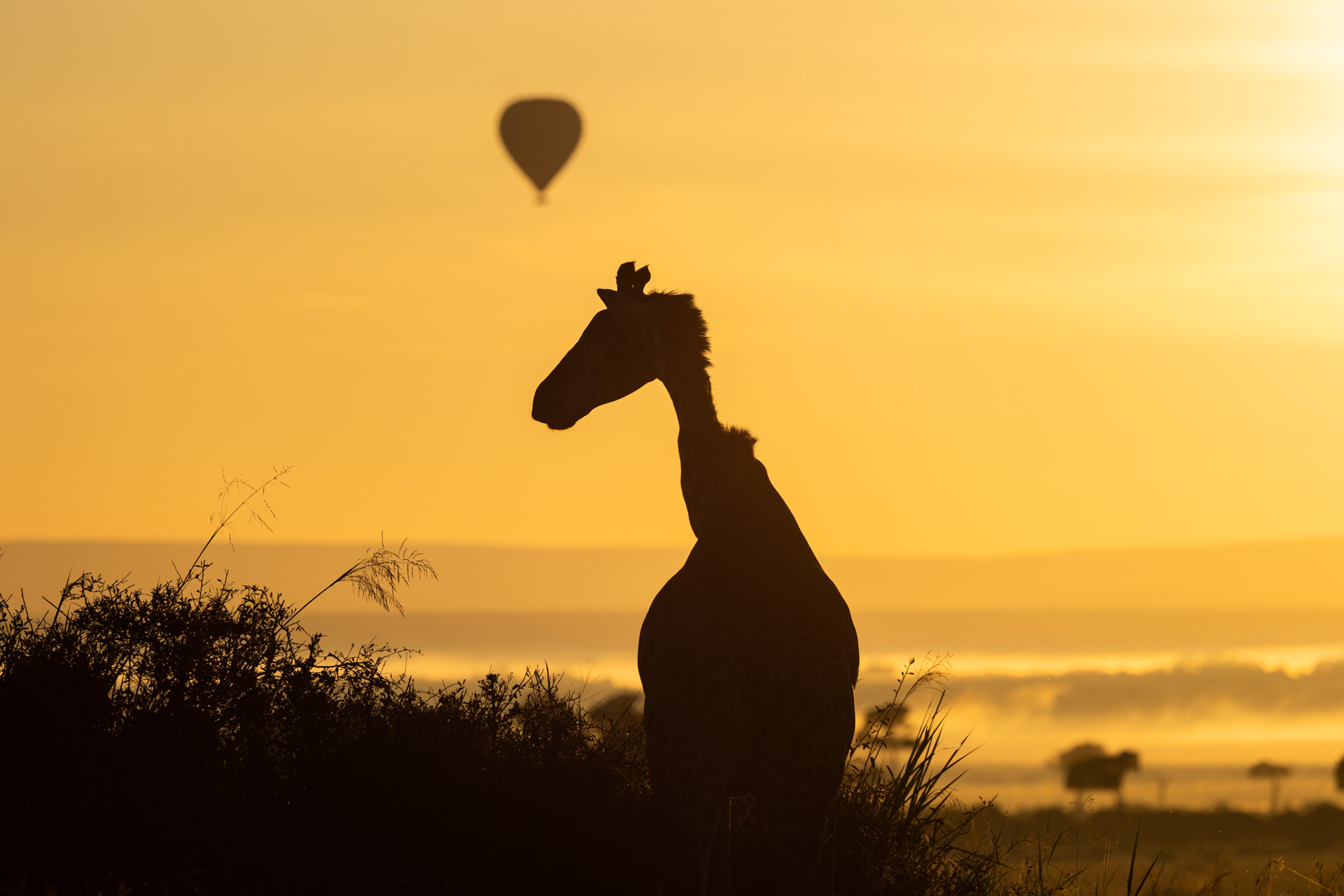

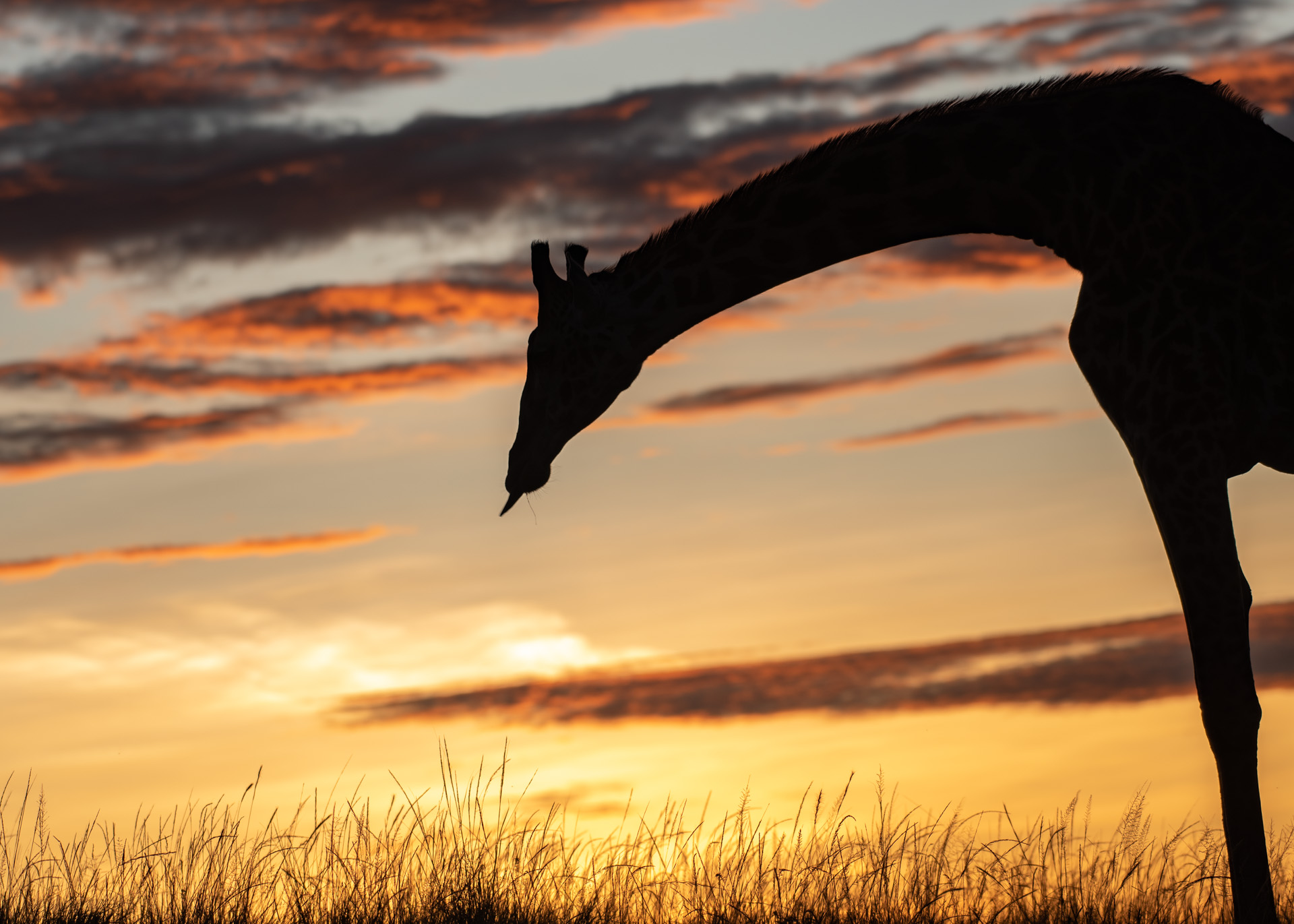
The Angama Pride lioness finds herself stuck between the proverbial rock and a hard place, caught between the nomadic male suitor and the Bila Shaka males. A confrontation with the Bila Shaka boys would see this nomad in quite a predicament. One morning, seeing the brothers approaching and within range, the nomadic cub killer silently retreated into the shadows to save his own skin and patiently waited until the brothers moved on. Since crossing the river back to this side of the Mara, the three brothers, Kiok, Chongo and Koshoke, have been patrolling non-stop and scent-marking to reinstate their authority — albeit too late as their offspring with the Angama lioness were killed.
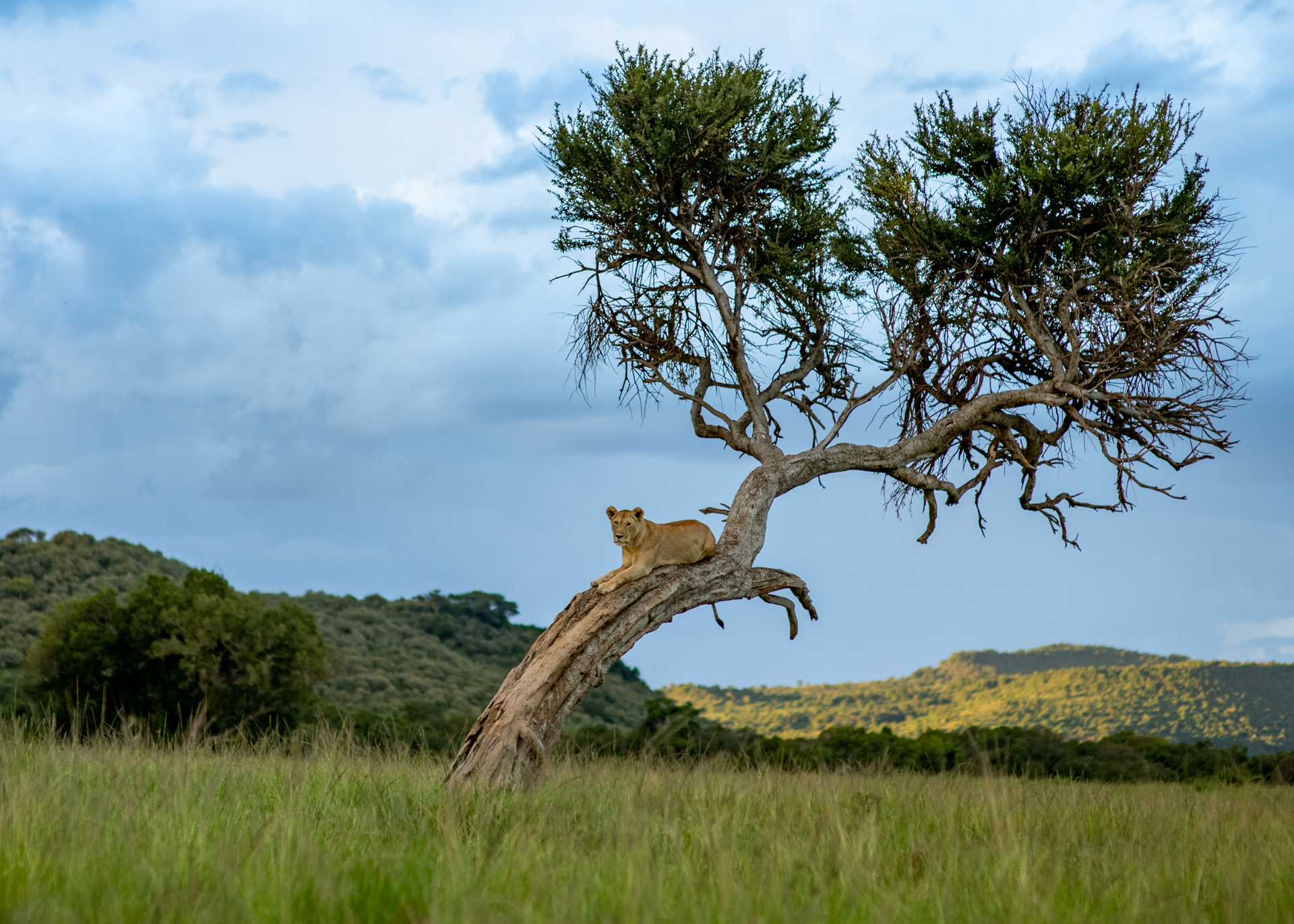

Having already copulated with the nomad — who killed her cubs with the Bila Shaka boys — the Angama lioness moved to mate with Chongo. Then, the very next morning, we found her mating with Kiok. He was guarding her with heightened aggression, steering her away from Koshoke who tried to approach. She's playing a well-known game in the lion world, mating with as many males as possible. With the males' determined urge to pass on their genes, it's an ingenious ploy to confuse the paternity of a future litter, thereby protecting the cubs from potential infanticidal behaviour.

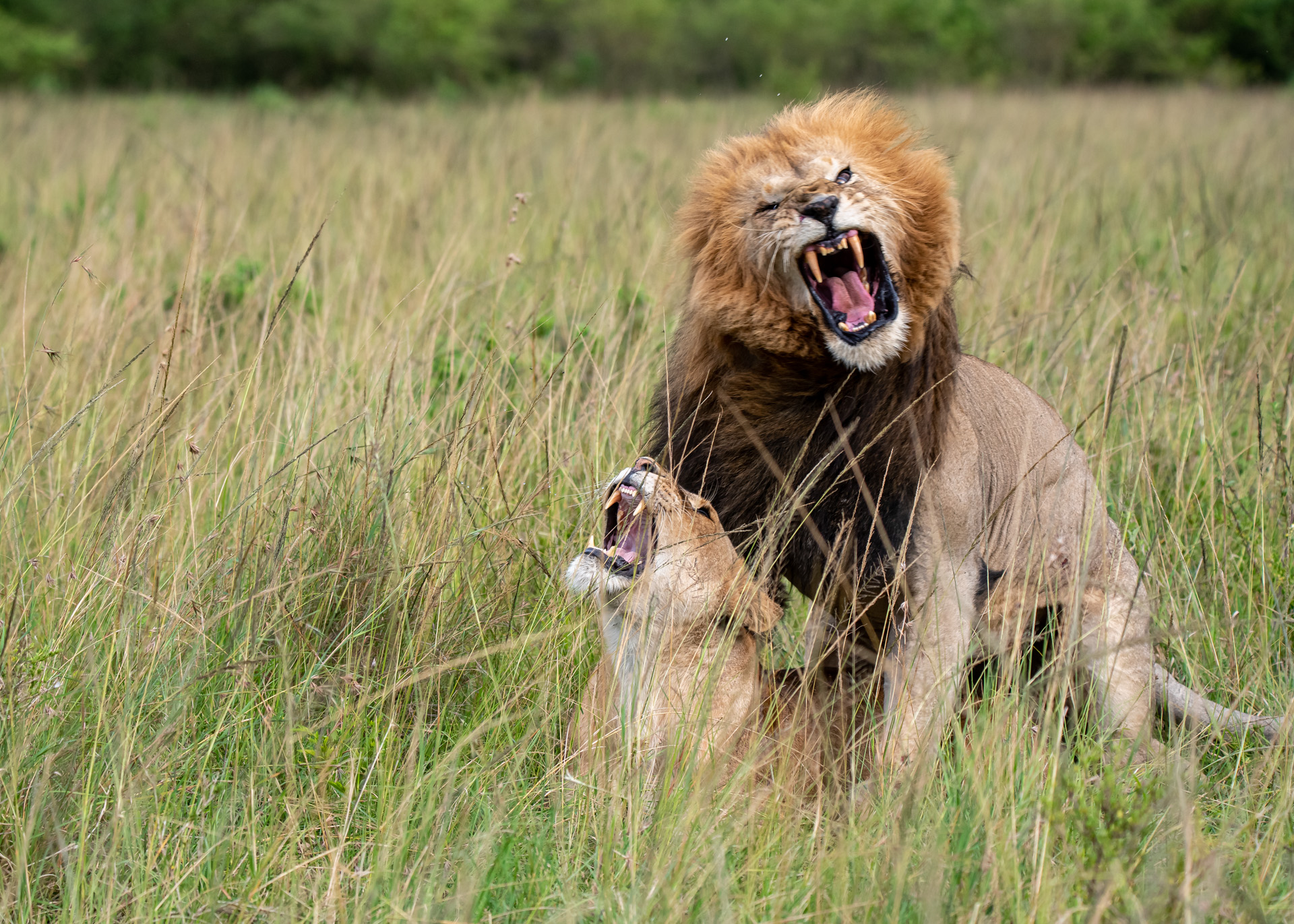
On the opposite side of the Triangle, the Inselberg Males are pushing their boundaries more and more, moving towards the Serena Pride area which is controlled by Mrefu and his coalition. These boys have roamed quite far, having abandoned their territory around the Kenya-Tanzania border area and moving towards the Mara River. This week, we found three of the remaining four brothers dangerously close to the Serena area and this could well provoke a turf war. Manywele, Ginger and Nusu looked unbothered about being deep in unfamiliar territory, slumbering in the shade from the heat of the day. In the following days, these three boys moved back towards Maji Machafu and scored a hefty meal in the form of a meaty hippopotamus — good chow for the brothers for a couple of days.
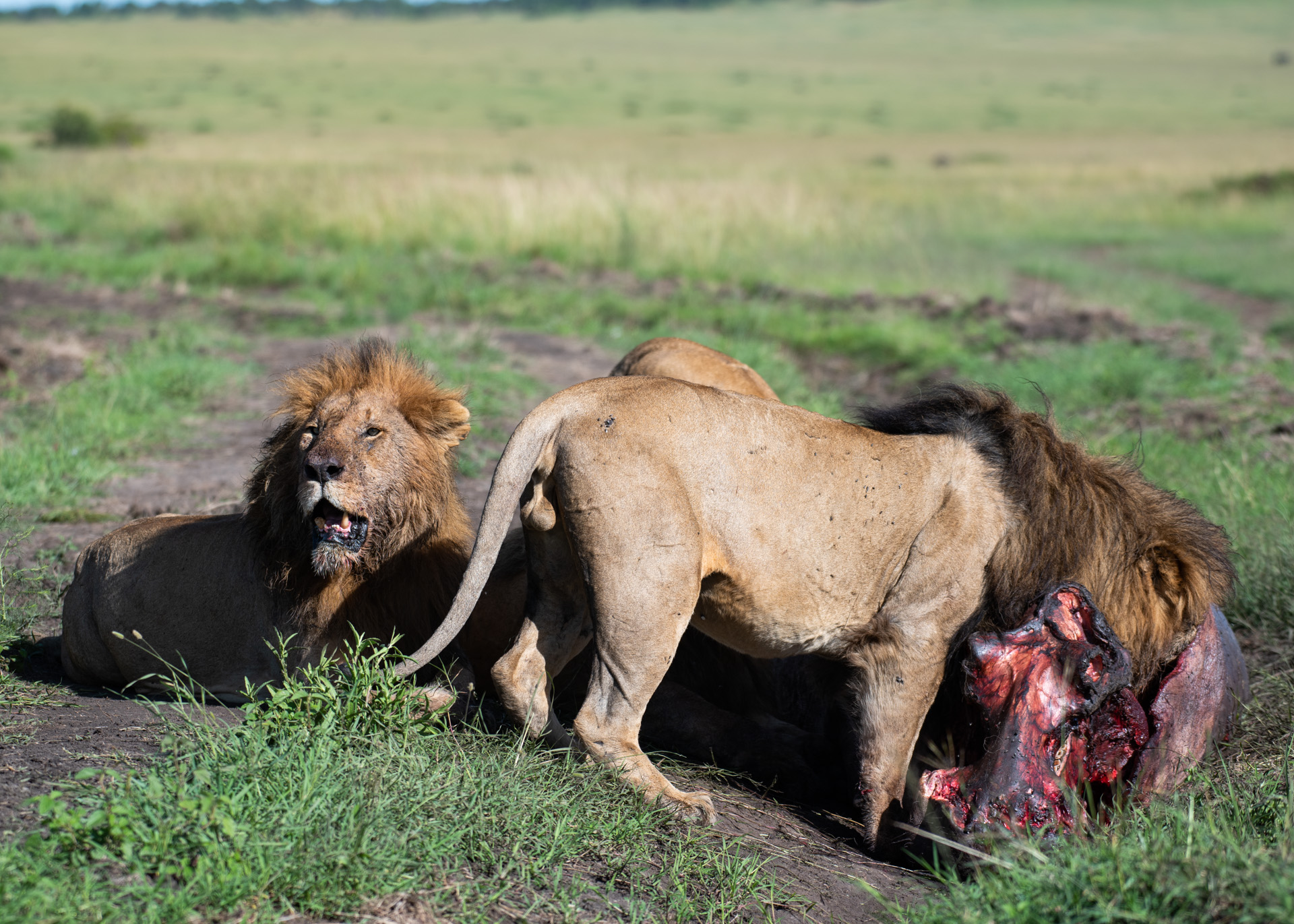
Coincidentally, not far from the Inselberg Males, the females of the Purungat Pride had scored their own hippo meal.
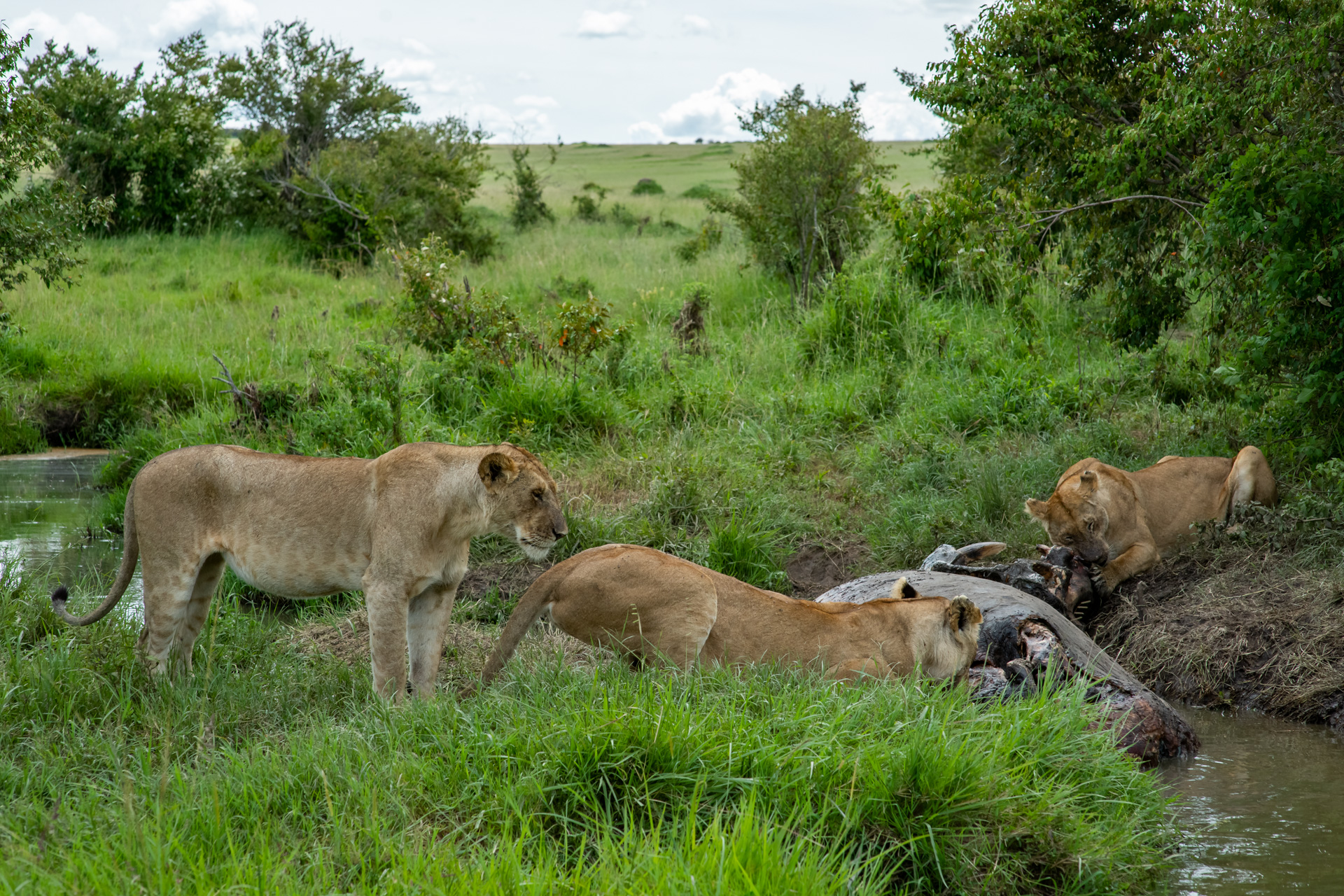
Choosing a different delicacy, the Serena Pride females opted for a buffalo instead as there are plenty to go around in the Triangle at the moment. The steady rains have brought green pastures ensuring the predators never lack in food — which is fortunate as many of our prides have litters of cubs.
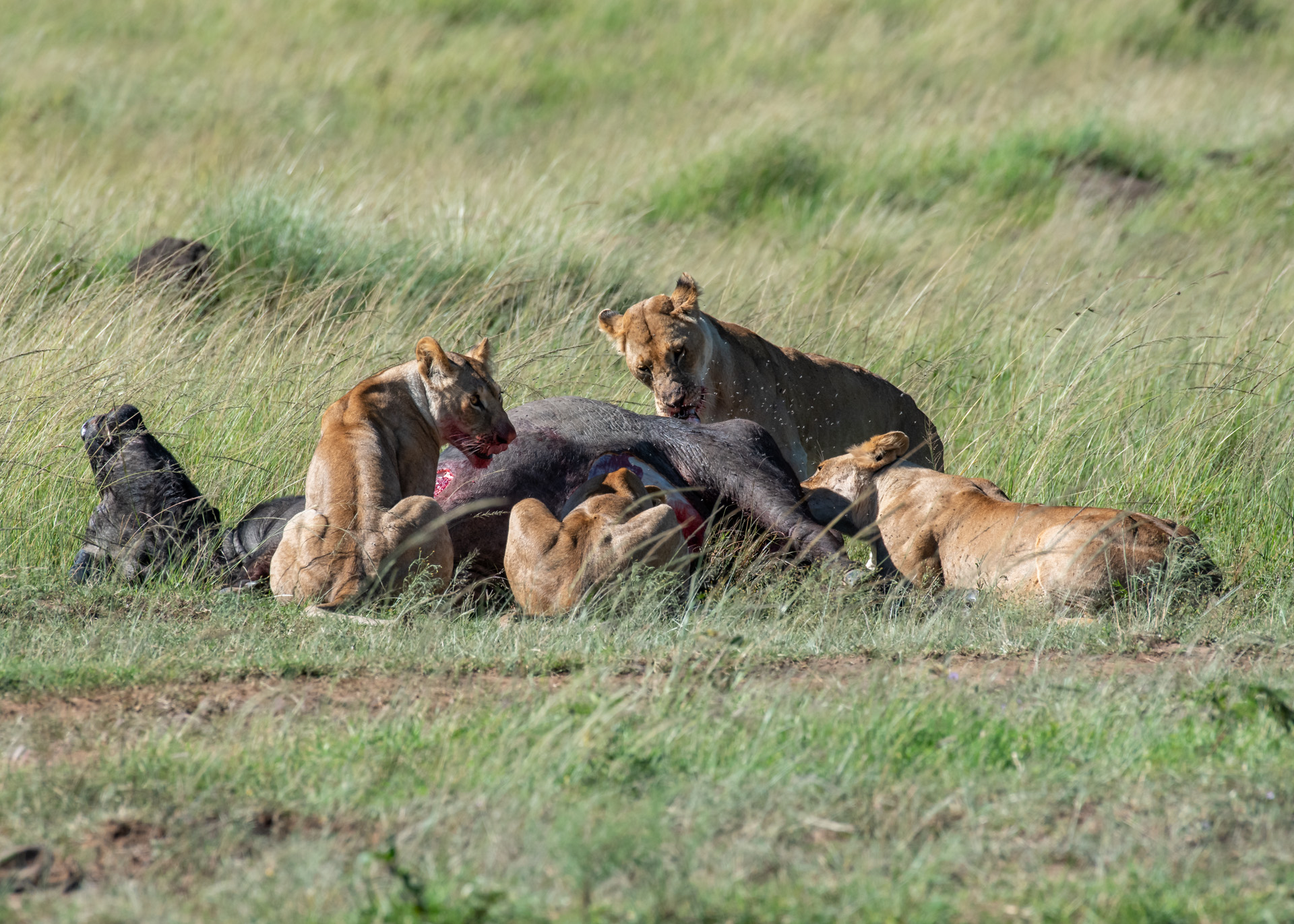
Making headlines in our blog after a month's hiatus is our beloved leopard, Nadallah. And what a comeback it is — stashing a reedbuck kill up a tree offering a splendid, guaranteed leopard sighting for three days. Ever the boisterous one, she would pose delicately on the branches for photographs after a good feed. What a privilege it continues to be in the company of this magnificent cat.
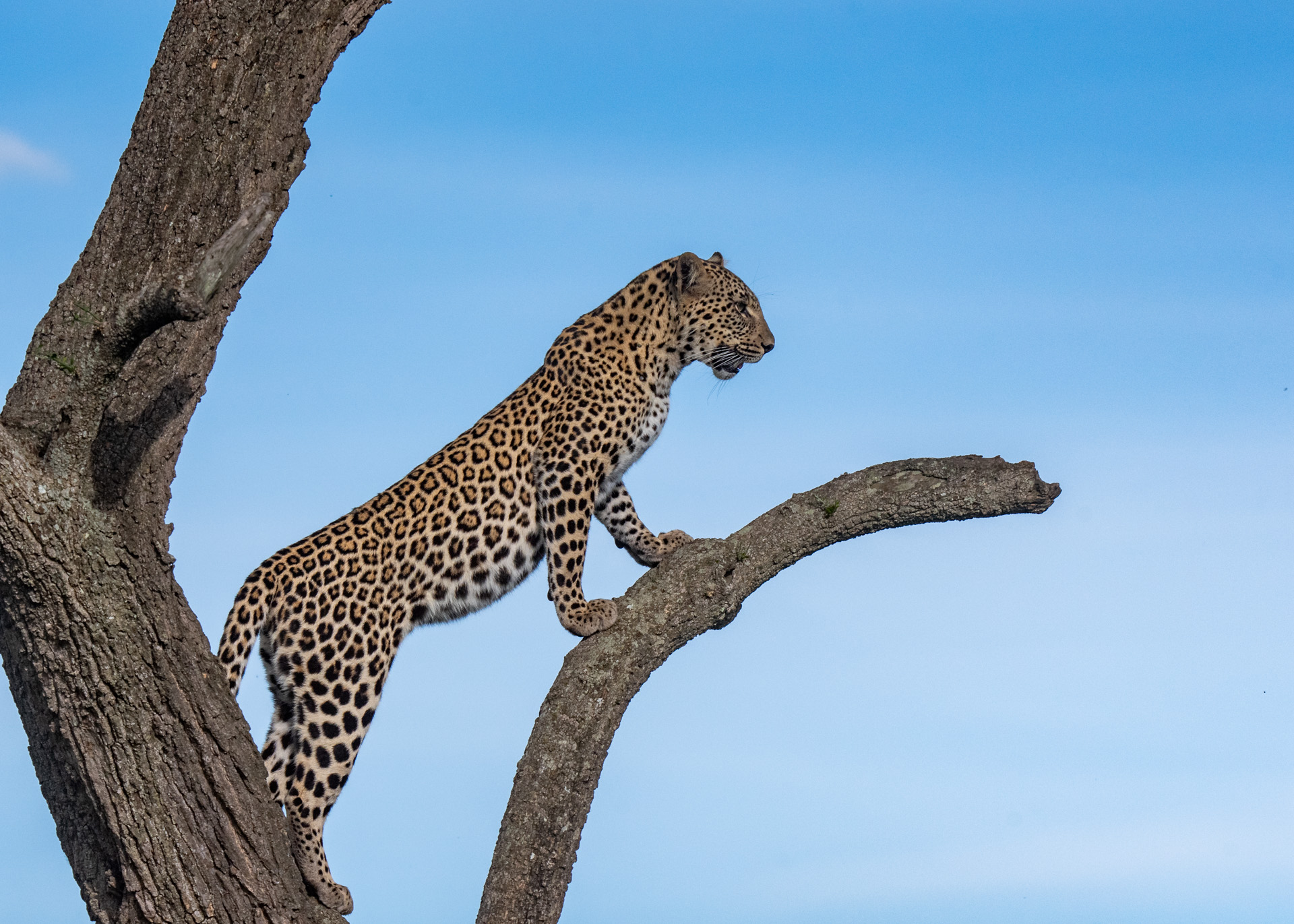
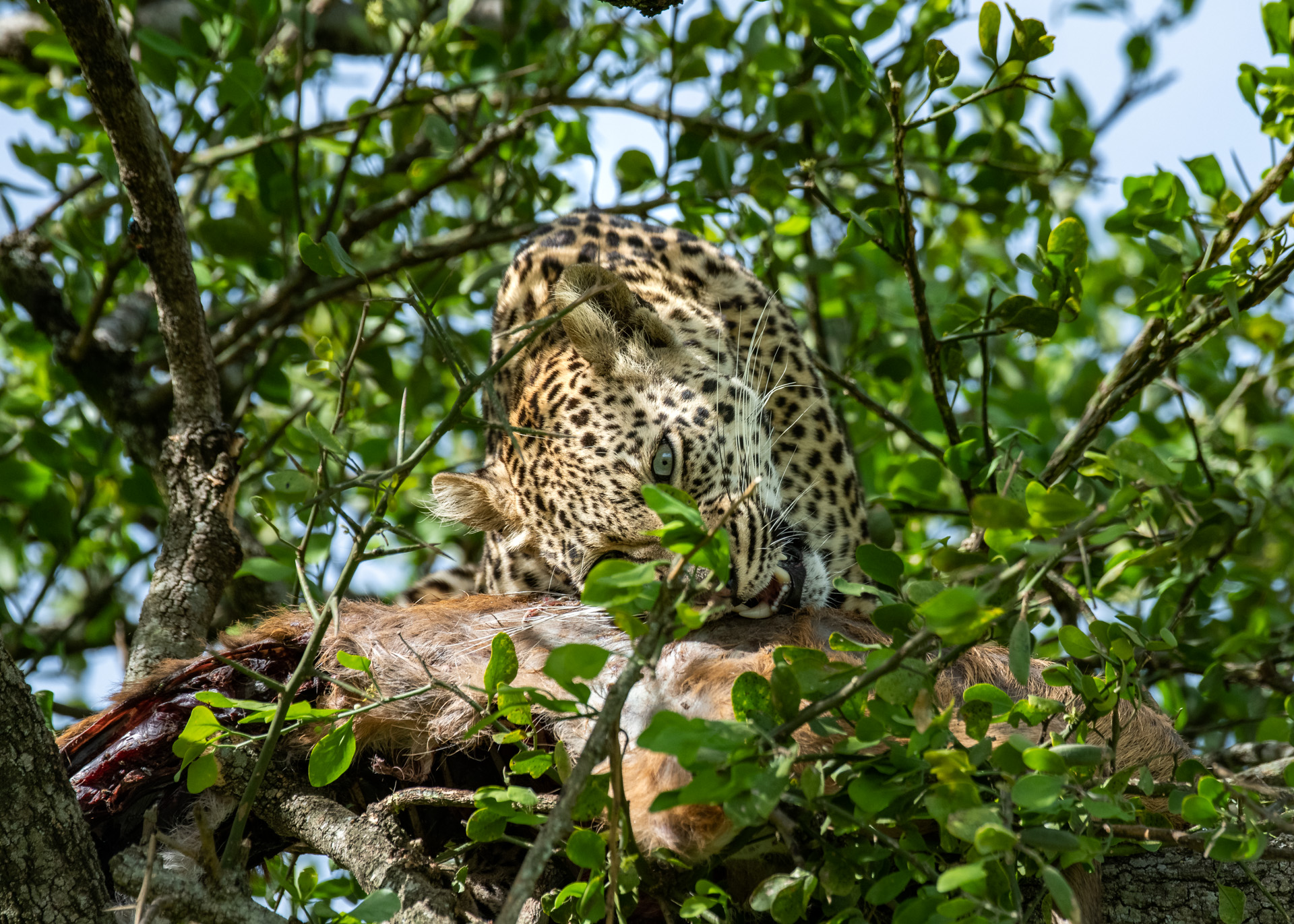
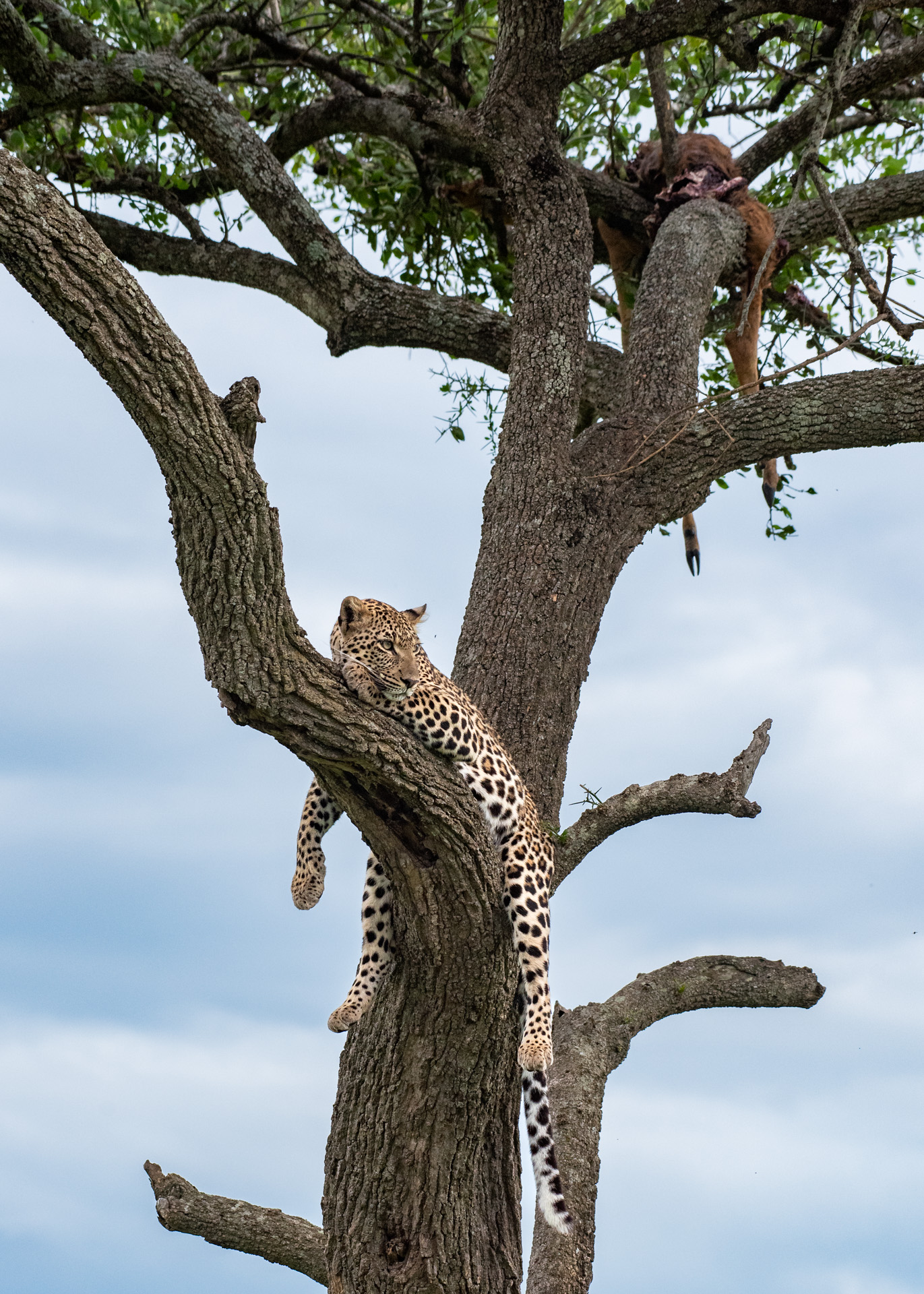
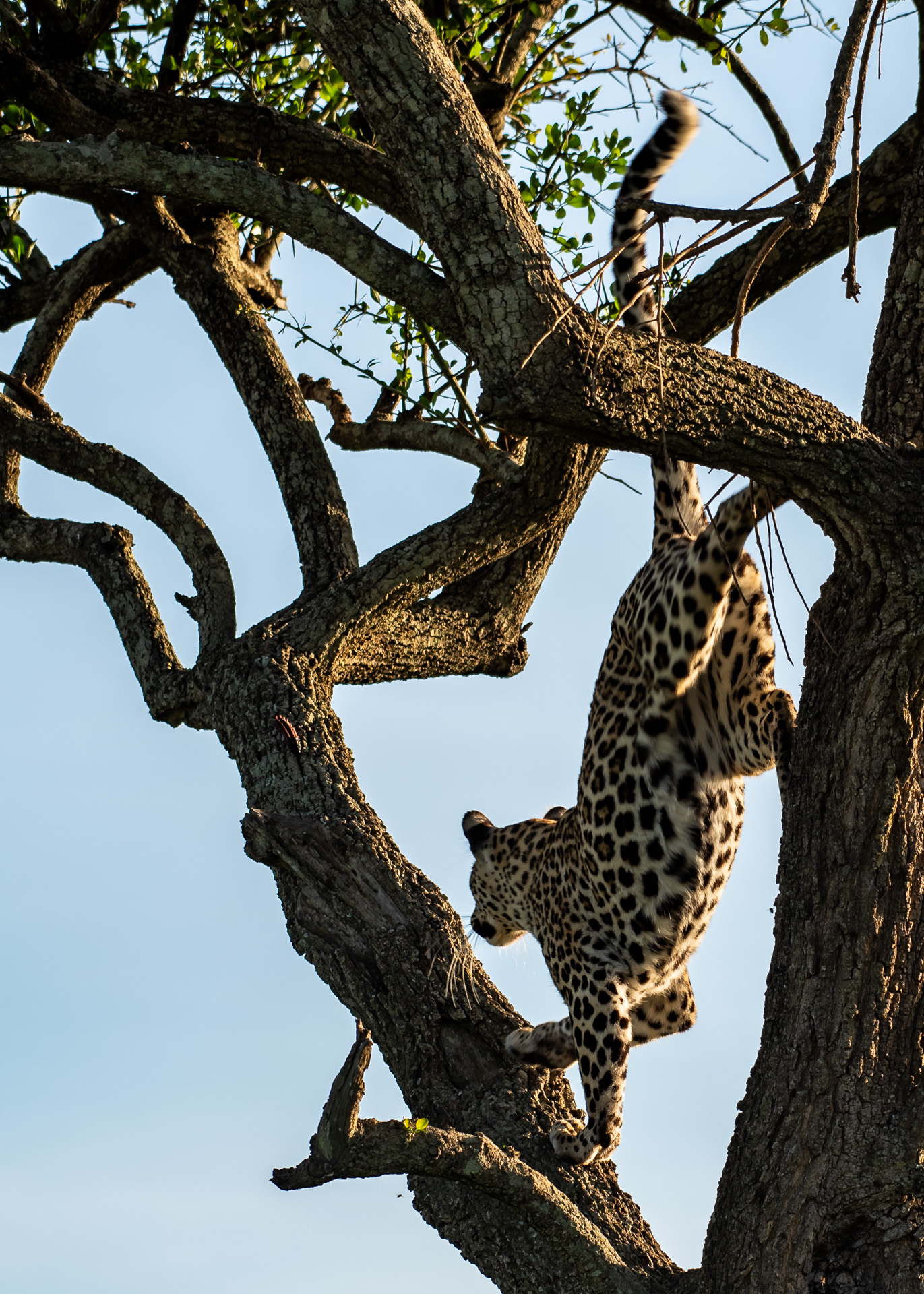
The fastest of the feline species was not to be outdone this week, with two male cheetah sightings in the Triangle. The nomadic male that arrived from Tanzania seems to have settled down well in the Triangle, covering a vast distance.


The other male cheetah is a new visitor to the Triangle, an individual known by the Mara-Meru Cheetah Project as 'Mpaka'. Mpaka comes from Tanzania as well but is not in good shape at the moment, carrying a slight injury to his left hind leg, probably from a failed hunt. The rangers are keeping close tabs on him and we hope he makes a good recovery. A badly injured predator is a doomed one, especially for a solitary hunter like this.
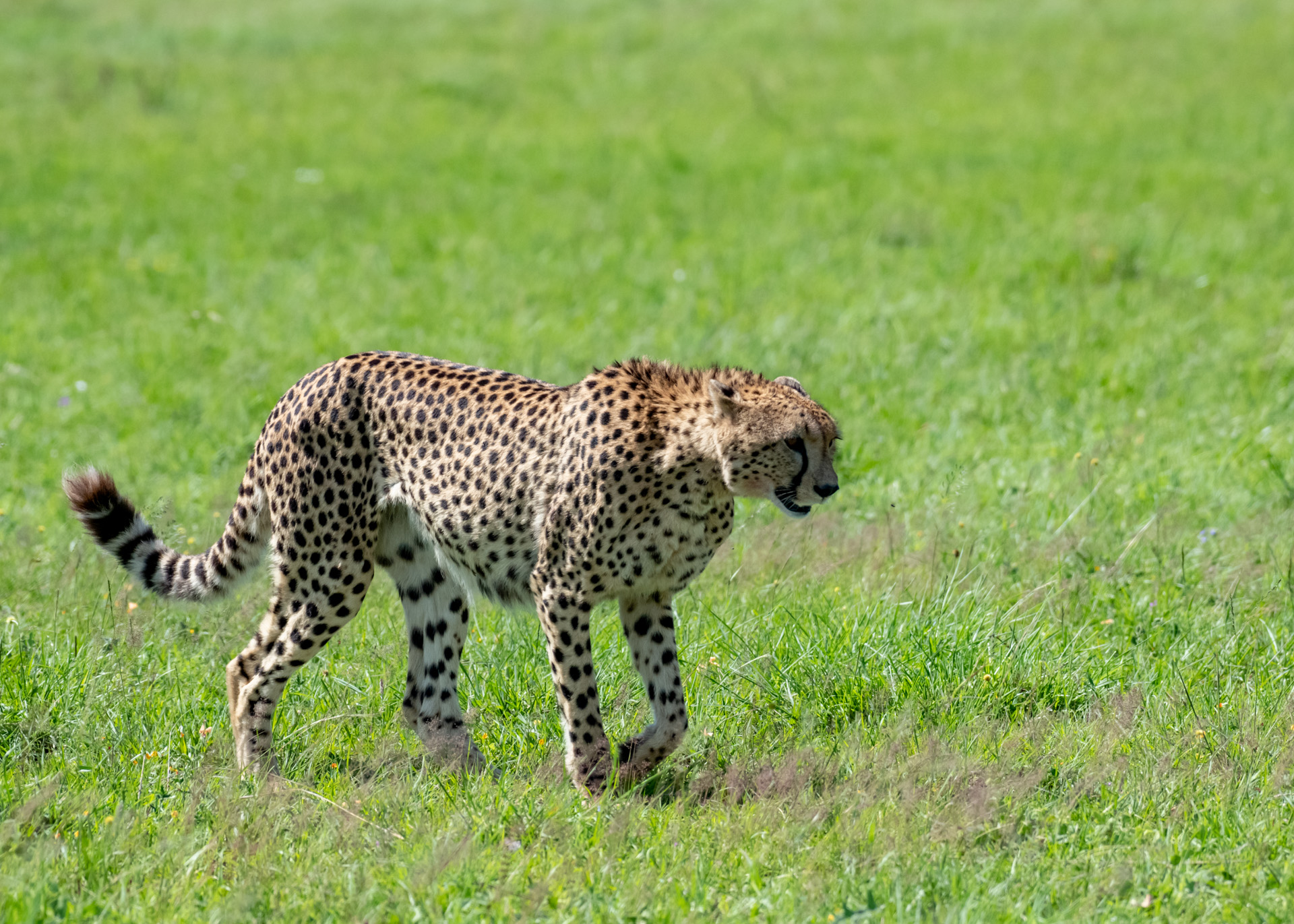
We rarely get to see the semi-solitary, timid and elusive black rhino, so seeing four together was a real treat. They prefer to feed between dusk and dawn keeping close to dense vegetation areas for cover during the day. With keen knowledge of the rhinos' poor eyesight and impeccable sense of smell and hearing, our guide positioned us strategically, cautioning us to be extremely quiet and still. True to his expertise, I was able to capture some good images of a particularly daunting well-known bull that didn’t perceive us as a threat.
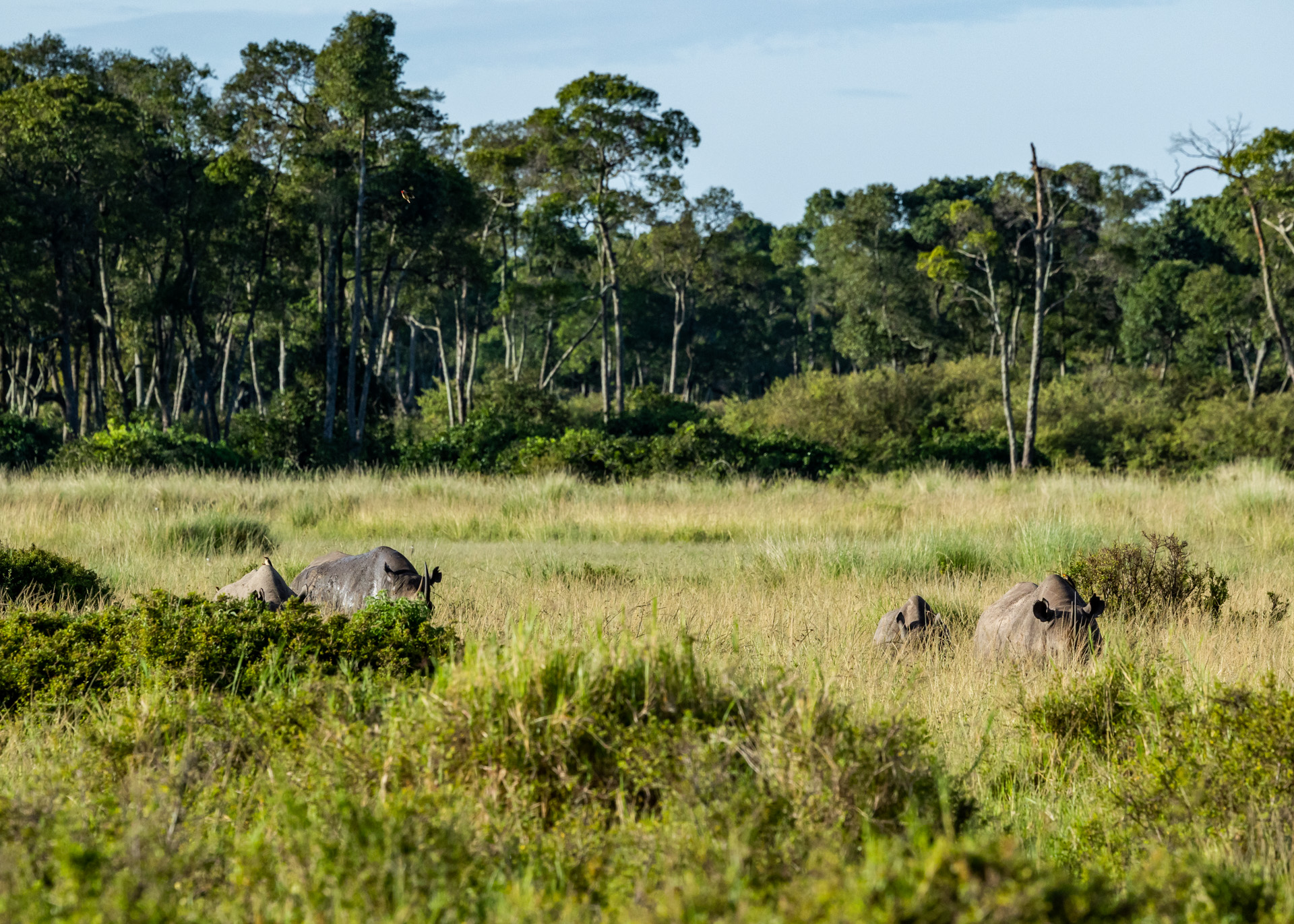
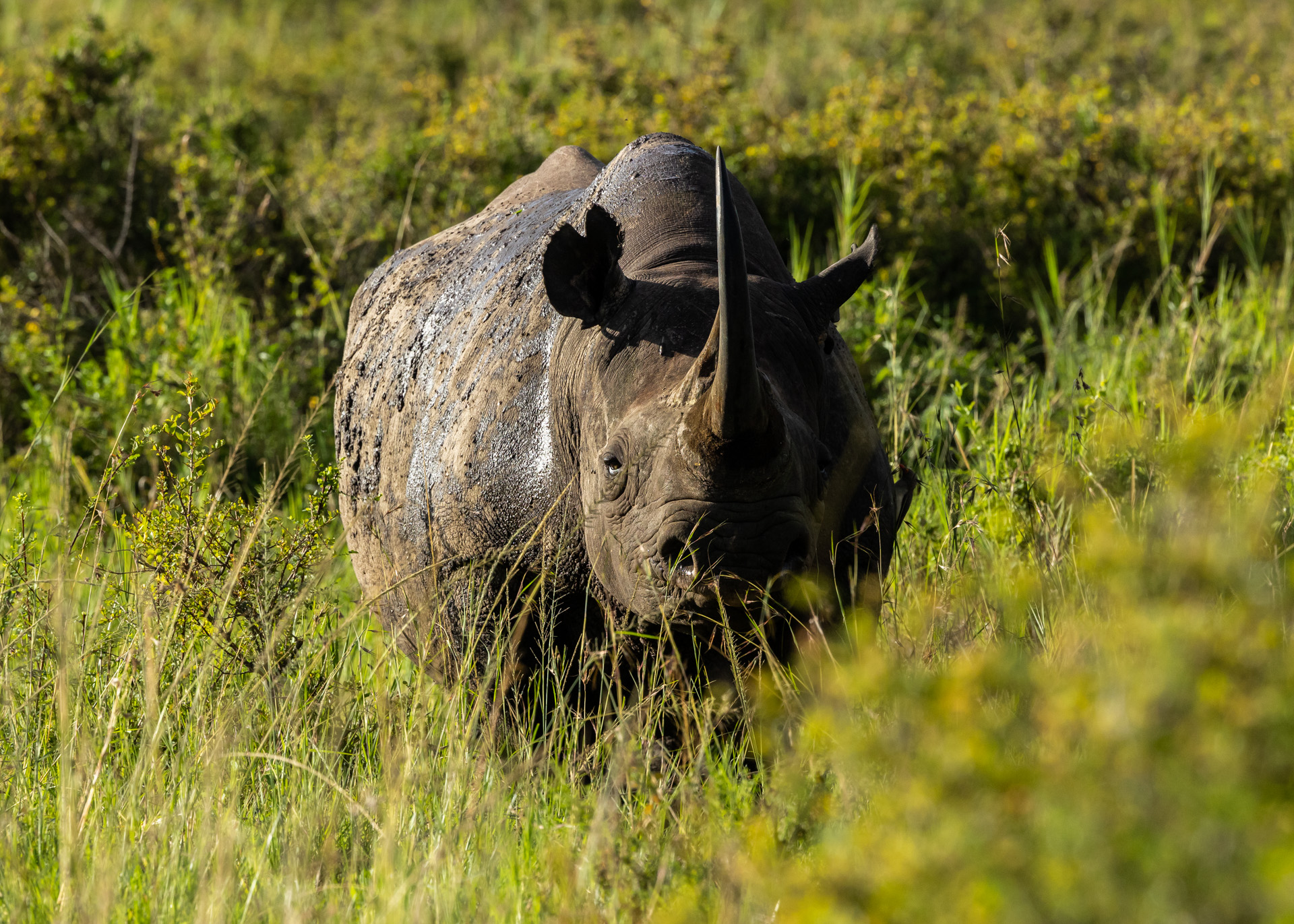
Grass, berries, seeds, pods, blossoms, leaves, roots, bark and sap from a variety of plants make up a large part of a baboon's diet. But these opportunistic eaters are not particularly choosy and will eat almost anything that comes their way, including other animals. In the savannah, baboons will supplement and boost their protein intake by hunting young gazelles when an opportunity presents itself as some of Angama's guides and their guests observed this week.
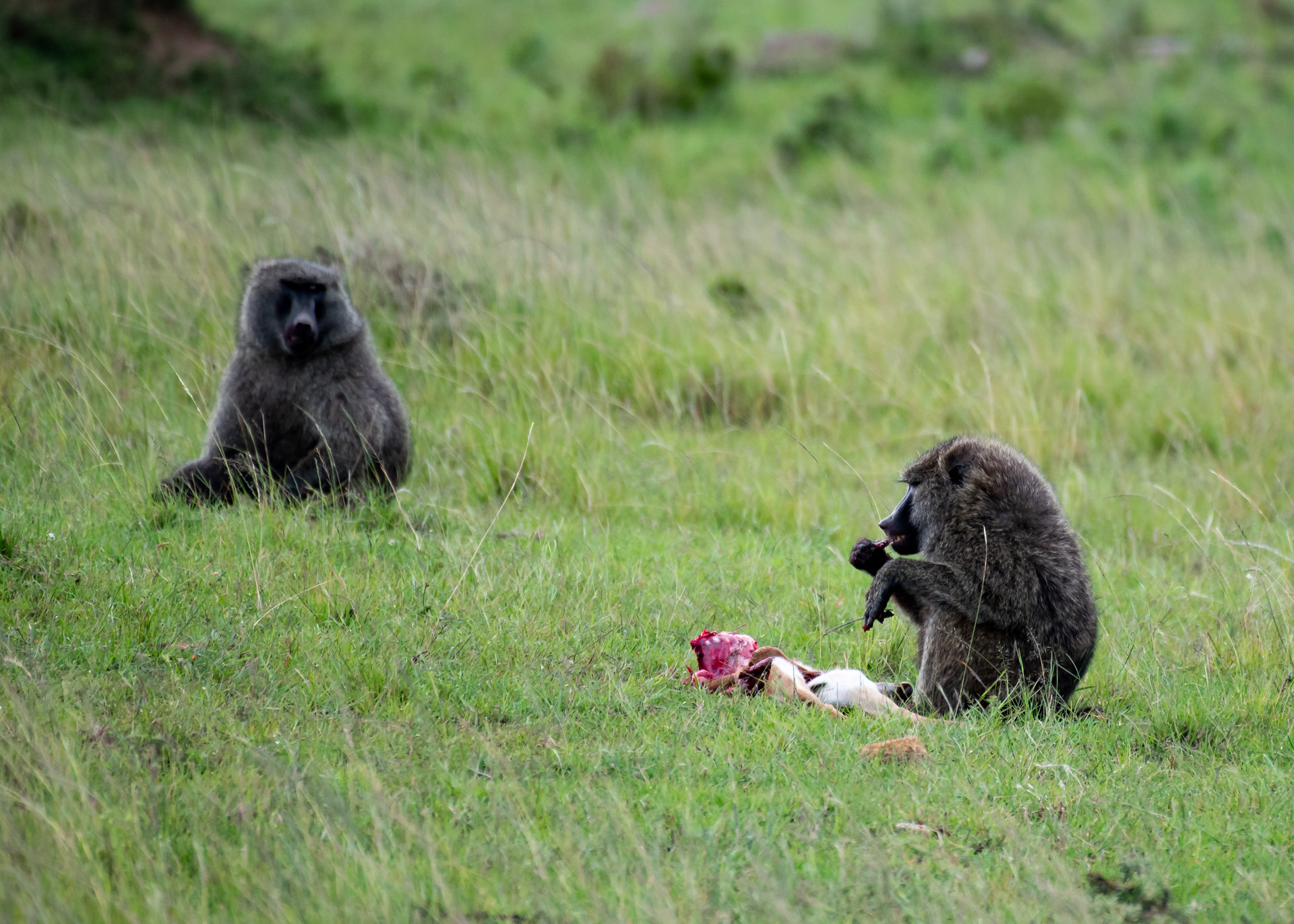
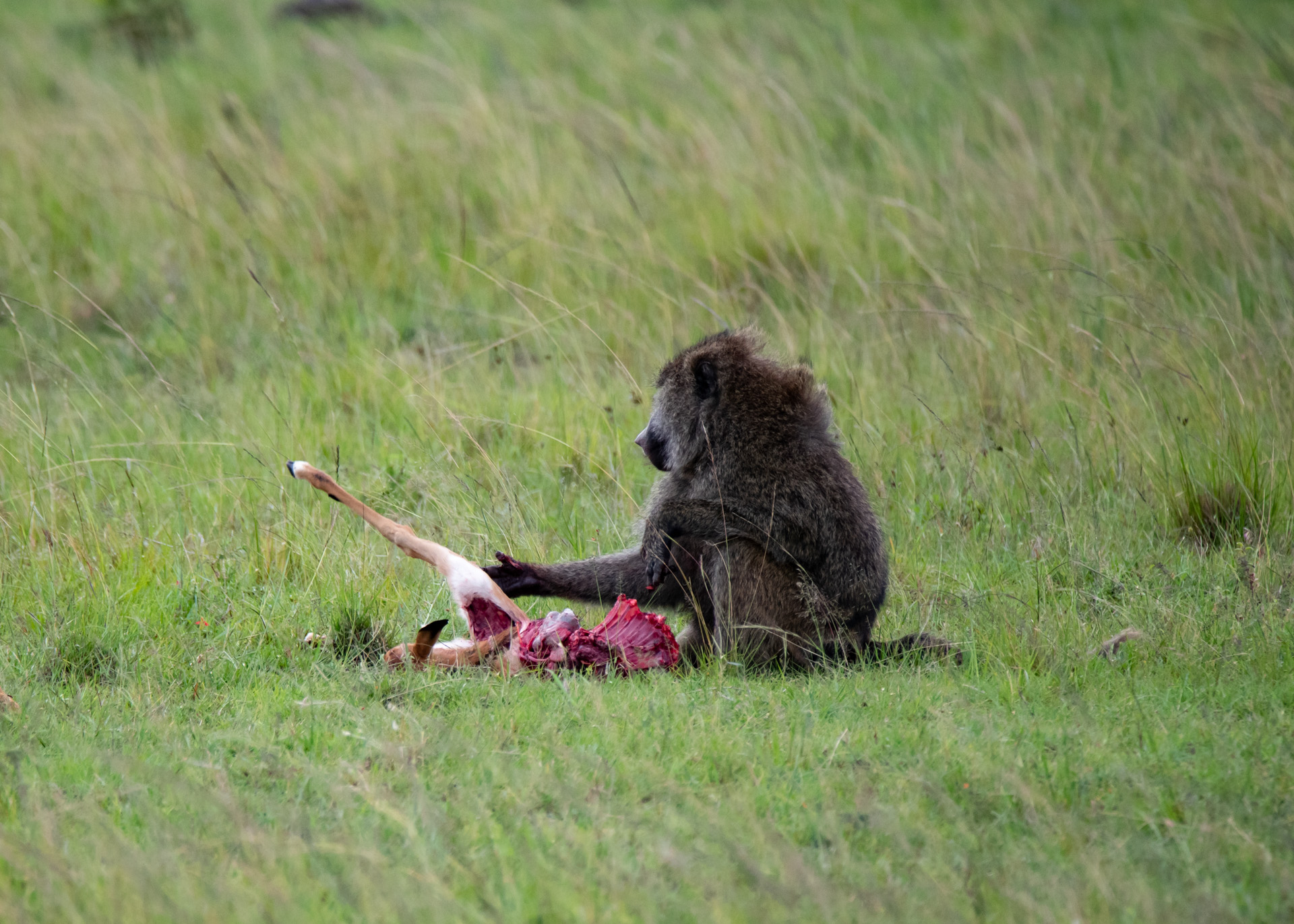

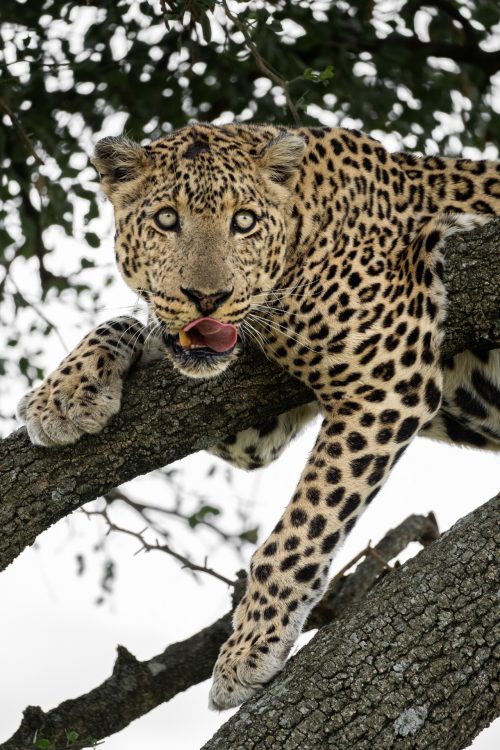
A year ago, we wished the Shepherd Tree Male well, hoping he would see more happy days. Sadly, the legend of the Triangle would pass away not long after that.
Filed under: This Week at Angama
Subscribe for Weekly Stories
Comments (0):
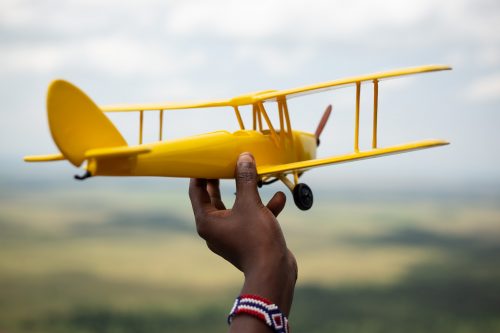
Out of Africa